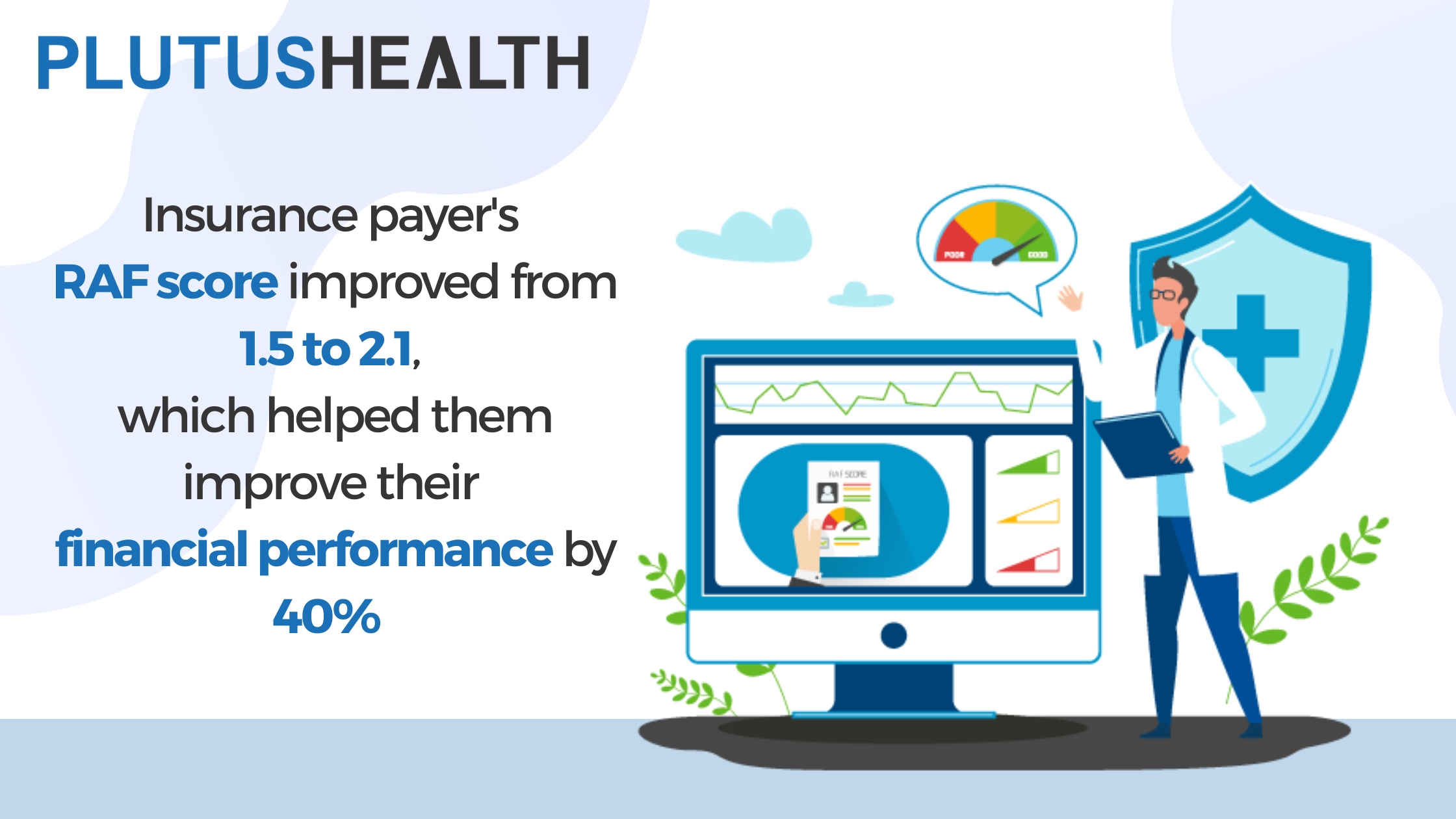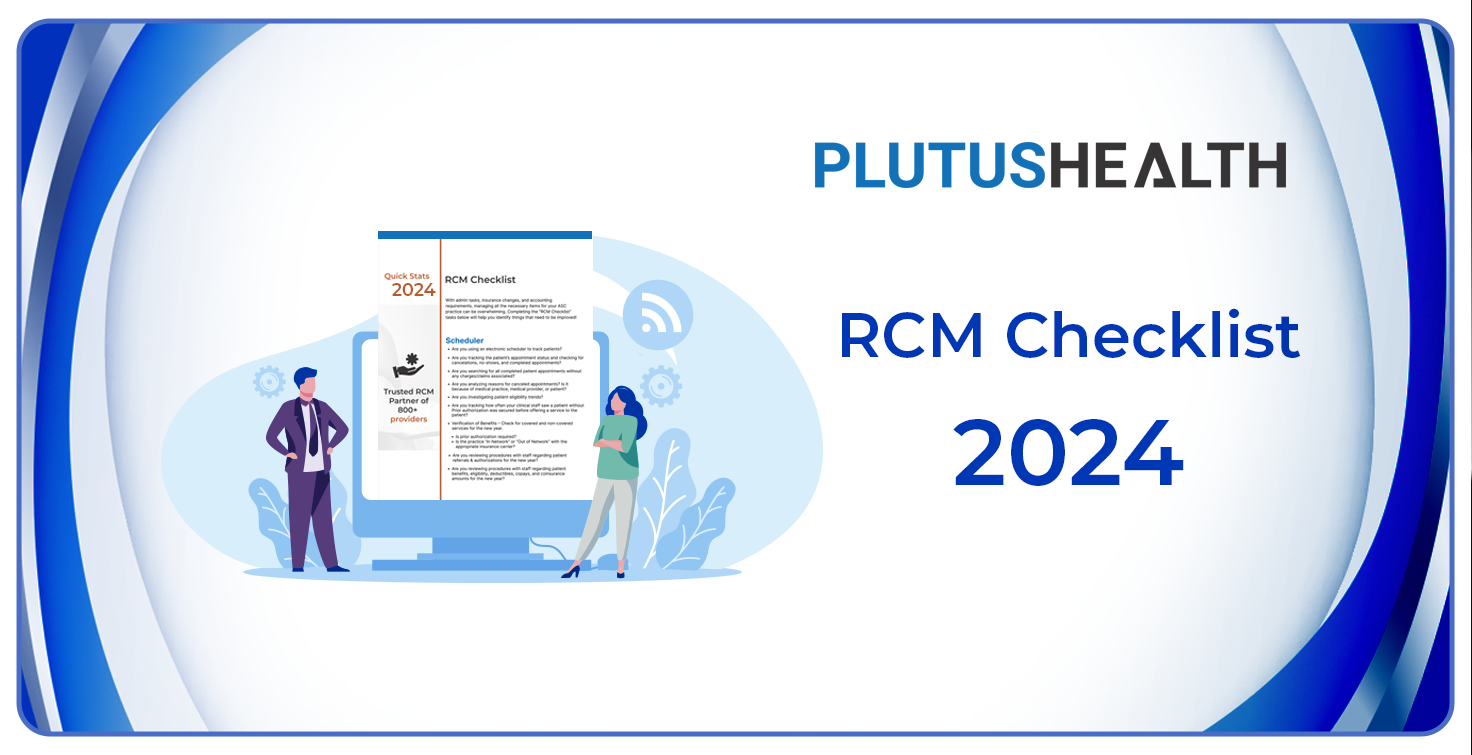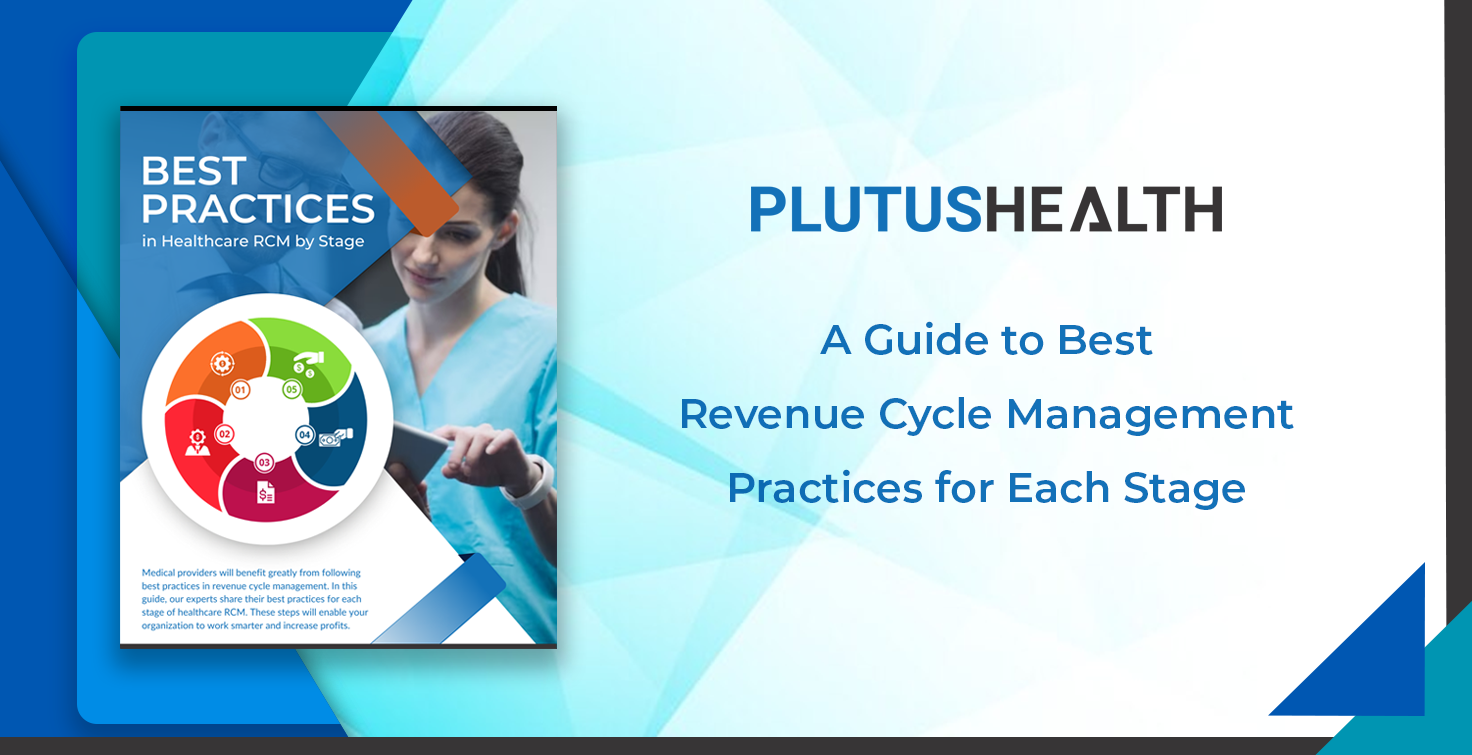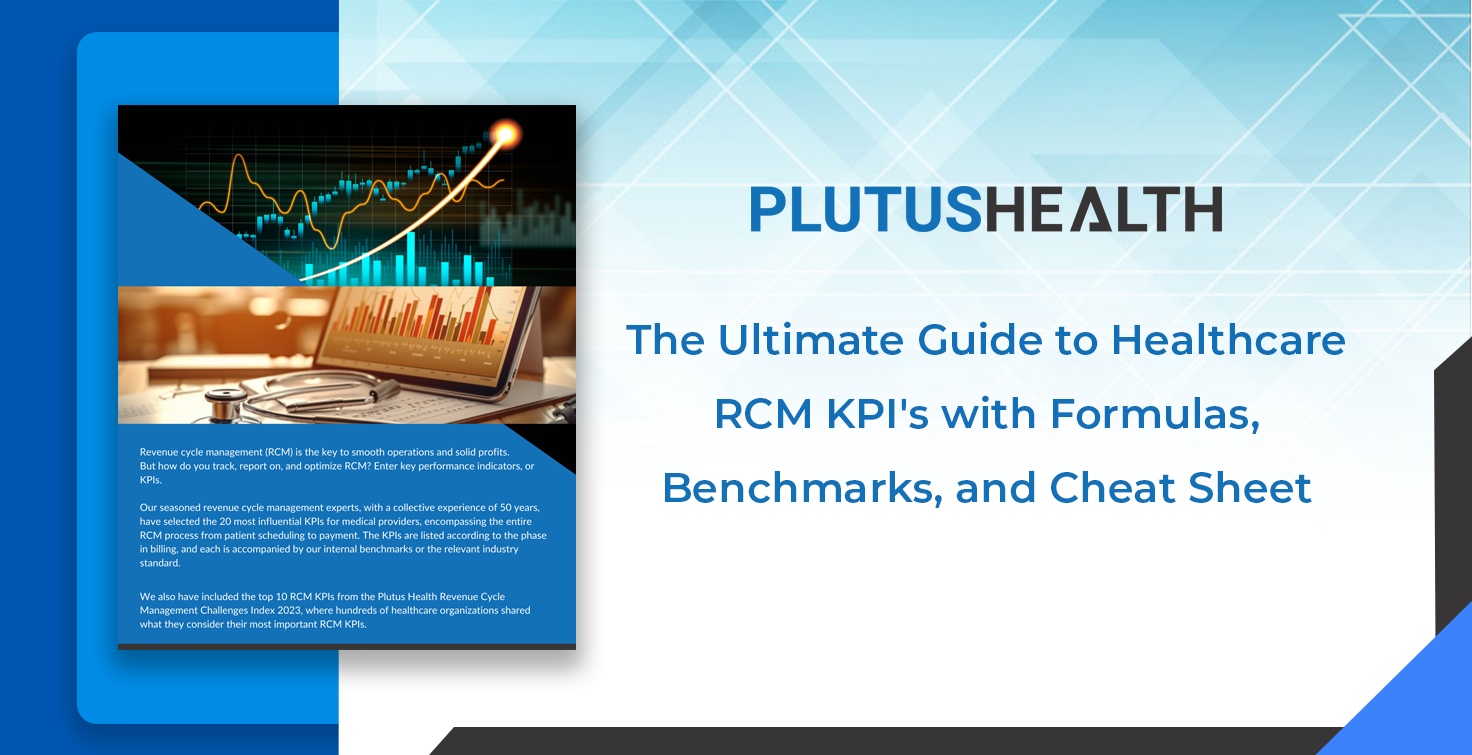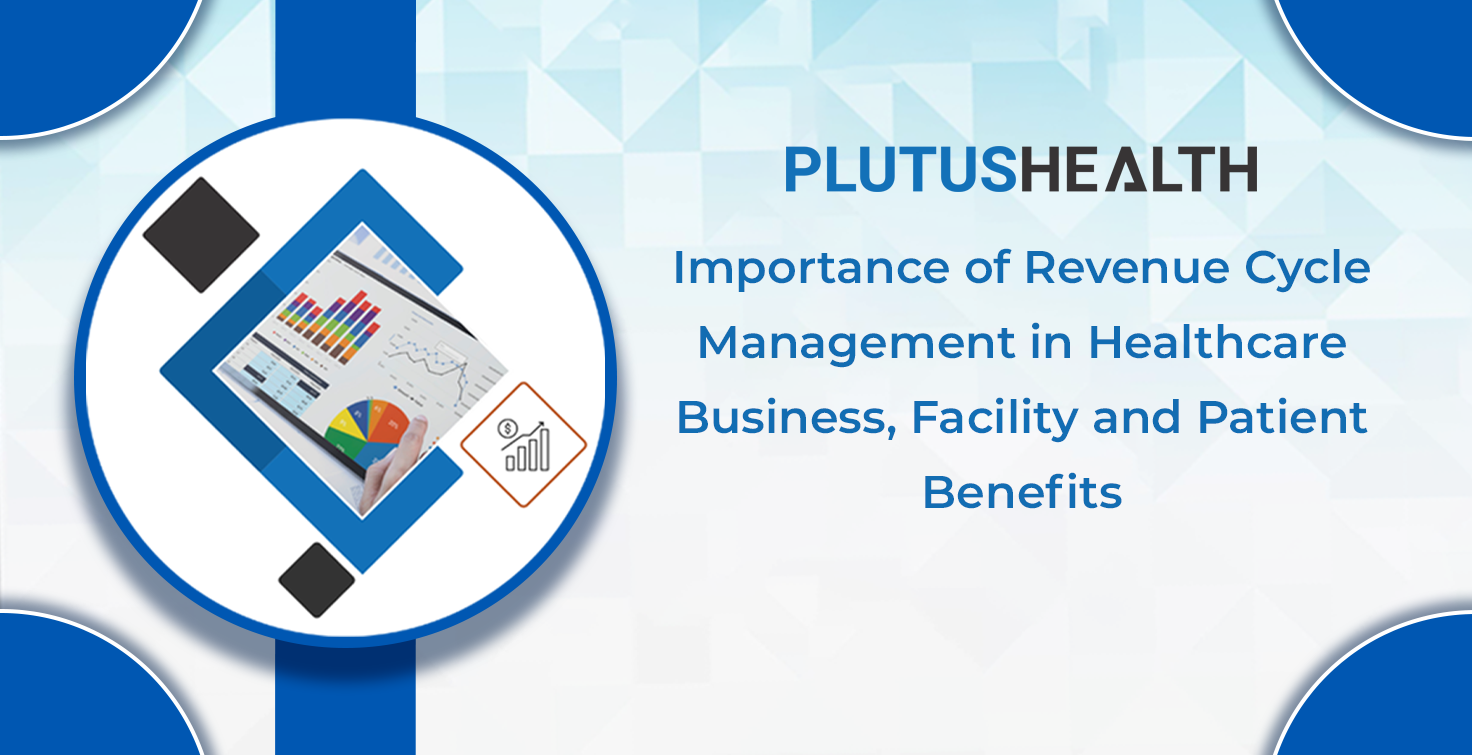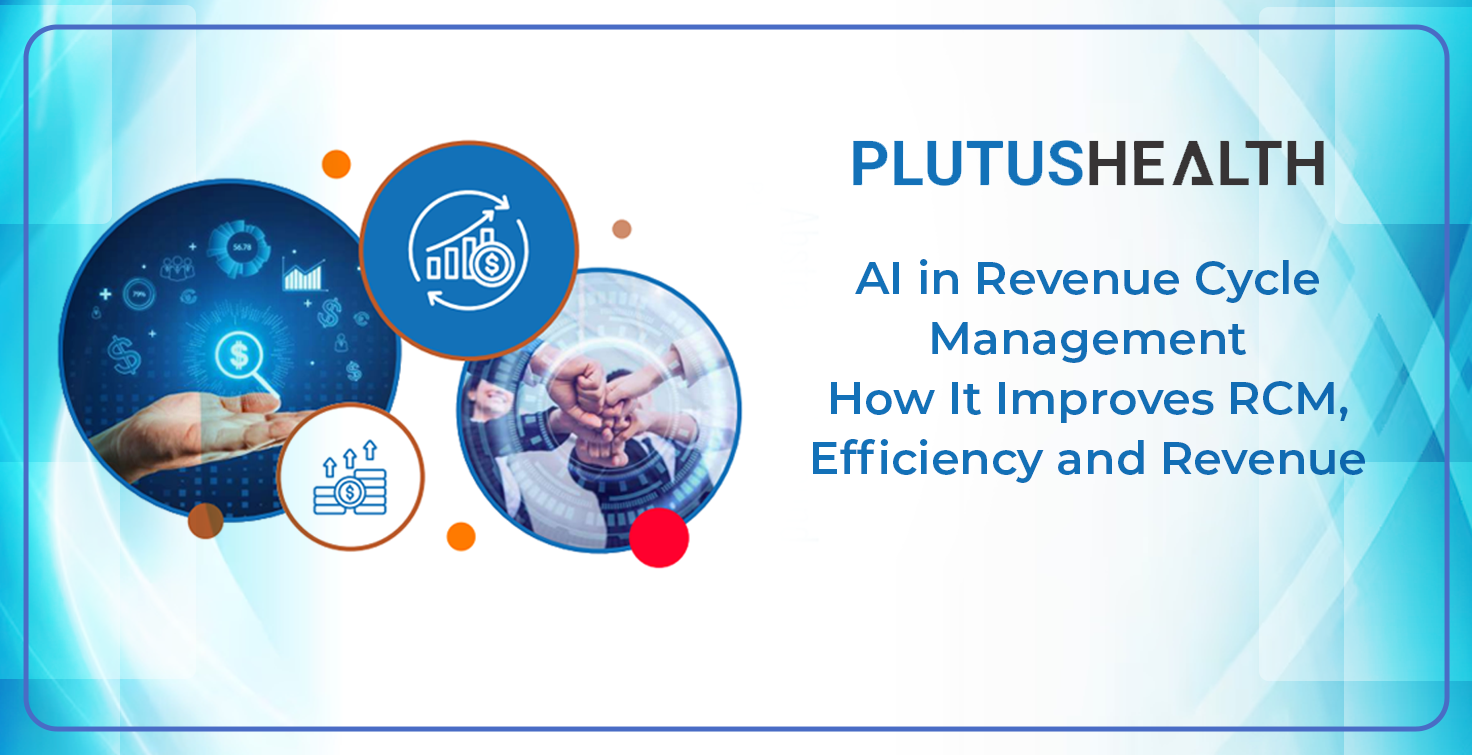Best ways to improve medical billing
Best Practices Guide for Medical Billing
Is your medical practice reeling under the pressures of the recent crisis? Are your receivables still stuck in the ‘never-ending cycle’ of billing and collections?
It is time to review the foundations of your Revenue Cycle Management (RCM) process with the help of this Best Practices guide for Medical Billing. Employ these tips to maximize your revenue and reduce overhead costs!
According to a Center for American Progress study, healthcare providers and payors in the US spend about $496 billion on billing and insurance-related costs. Increasing health care costs are the prime reason to look at avoiding wastage and increase efficiency.
Smoothing out the creases in the Medical Billing process, eliminating errors, and keeping a high clean claims ratio are a few measures that can improve the financial health of your practice.
Managing overheads and revenues while providing exceptional patient care is vital for a successful practice. Let us discuss how this can be achieved.
Two-Pronged Approach
While medical billing regulations keep changing, a streamlined workflow can quickly adapt to new norms and show tangible results in your revenue. Medical Billing can become hassle-free in two predominant ways:
(A) MEDICAL BILLING BEST PRACTICES
(B) TIMELY ANALYSIS OF KEYPERFORMANCE INDICATORS (KPIs) OR BILLING METRICS
Top 5 Medical Billing Best Practices
These crucial tips can ensure your practice is collecting what it is owed. The following processes stop you from making avoidable errors and improve revenue collection:
1. Become Patient-Centric
Practices can boost their collections and improve time-management by becoming Patient-Centric. You can do this in many ways.
- How about simplifying Medical Billing statements to make them easier to understand? Collections are positively impacted when patients fully understand their financial responsibility.
- To reduce wait times in clinics and hospitals, you can provide new patients with pre-registration packs. Capturing correct demographics in this manner can reduce problems related to incorrect patient information and reduces work of Front-desk staff.
- You can also improve collections by knowing your patient mix. It allows you to divide your practice time between low reimbursement payors and high-paying commercial insurance.
- Other simple methods include optimizing patient scheduling and adhering to the schedule.
2. Reduce Claim Denials
Claim denials impact reimbursements directly. There are a few ways to make sure your claim denials are in check.
- Understand payor requirements and adhere to coding norms by staying abreast of the latest developments.
- Keep your Clean Claims ratio at 95 percent or above. Clean claims ratio refers to the average number of claims paid on the first submission. It is also called the ‘first-pass’ ratio. A higher percentage means your medical practice wastes less time on reworking claims and more time ingenerating revenue. It always pays to get it right the first time!
- An analysis by Change Healthcare revealed that a staggering 24% of claim denials were due to eligibility reasons. Reduce eligibility rejections by following proactive front-desk workflows to capture error-free data.
- Denials caused by failure to file claim on time are most easily avoidable. The Timely Filing Rule should be ingrained in your team. Reinforce that no claim should be denied just because someone missed the deadline.
- Missing claim information is the bane of a complicated medical billing process. To ensure the codes and modifiers are correct for claim processing, you could partner with an expert medical billing service to validate all codes before the claim is submitted for processing.
3. Monitor Your KPIs
Key Performance Indicators or Medical Billing Metrics analyze the financial health of your medical practice. Layout clear KPIs and monitor them regularly. They give clarity about your revenue cycle and provide insights into improving collections. Various KPIs can show how your practice is performing; a few crucial ones include Accounts Receivable(A/R), Clean Claims Ratio (CCR), Net Collection Rate (NCR), among others. We shall discuss them in detail here.
4. Efficient Revenue Cycle Management(RCM)
Increase the health of your practices’ cash flow by going back to the foundations of Revenue Cycle Management.
- Besides estimating your regular cash flows, take a broader look at the loopholes that are causing revenue leaks.
- To simplify the process, look to partner with a trusted RCM solutions provider to optimize the workflows and make your job easier. An expert RCM service can lighten your burden of billing and collections.
- Automation can add to quick resolutions, and customized solutions can help troubleshoot for your specific medical practice or lab.
5. Outsourced Medical Billing
Focus on what is most important: your Patients. The process of Medical Billing can be a time-consuming activity. Many high performing practices take the step of outsourcing Medical Billing and related services. Look for these core values while selecting an outsourcing partner:
- Transparency in reporting
- Turnaround time in dealing with claims
- Technology and automation to optimize processes to improve cash flows
Revenue Health Analysis using Key Performance Indicators (KPIs)
The most important factors that make or break your practice can be listed in the form of Key Performance Indicators (KPIs), also known as Medical Billing Metrics. Understanding these indicators and monitoring them regularly provide a deeper understanding of your Revenue Cycle.
KPIs are indicators of your practice’s financial health. A regular Revenue Health Analysis using these KPIs can reveal rewarding insights to boost cash flows.
Top 5 Key Performance Indicators (KPIs) or Medical Billing Metrics
1. Days in Accounts Receivable(A/R)
Calculating Days in A/R reveals how long it takes for the responsible party to pay for your service. This KPI can be applicable for both insurance payments as well as patient collections. This metric is crucial to understand how long it takes for your practice to receive payments.
You can calculate Days in A/R in this way:
- First calculate - Average Daily Net Patient Service Revenue = Total Annual Services Fee divided by365
- Then - Divide Total A/R by Average Daily Net Patient Service Revenue
When you know the typical number of days between the time you saw a patient and the time your payment was received, you can account for funding, tweak processes to improve claims submissions and keep track of financing your operating costs.
Make sure your A/R is not trapped for more than 60 days. A/R older than90 to 120 days should be evaluated for problems in claim filing. A desirable Days in A/R is between 30 to 45 days, to keep your practice in good financial health.
2. Clean Claims Rate (CCR)
Clean Claims Rate refers to the number of claims accepted for payments at the first go. These fuel your cash flows. A CCR of 90 to 95 percent is most desirable. A high Clean Claims Rate reveals a smooth workflow and low margin of error in claim filing. This KPI tells you how efficient your Revenue Cycle Management system is. Clean Claims Rate can be boosted by focusing on insurance verification, billing, and coding workflows.
3. Denial Rate
The rate of denials reveal the leaks in your Revenue Cycle Management process. A high denial rate can indicate poor adherence to best practices of Medical Billing. Monitor your denial rate and evaluate the reason for the denials. Create an action plan to address the issues and reduce this KPI. A Denial Rate of less than 5% is ideal for any practice.
4. Pending Claims Rate
Your documentation, Billing, response, and other crucial work processes are efficiently managed if your Pending Claim rate reduces year-on-year. The ideal ratio is either low or steadily declining until you reach your goal. The metric can also indicate the need for reworking old claims.
5. Net Collection Rate (NCR)
Net Collection Rate (NCR) shows how much net revenue the practice has collected after accounting for factors such as uncollectible debt or non-contractual adjustments. The calculation is simple:
NCR = [Payments / (Charges-Contractual Adjustments)] x 100%
It also gives an insight into your revenue loss due to adjustments. It can be used to compare with other practices in similar specialty and re-negotiate your Contract with the Payors.
For a medical practice, these KPIs go a long way in improving cash flows and maintaining financial health.
Remember that most leaks in cash flows can be plugged using automation and expert Medical Billing partners who understand the nuances of Revenue Cycle Management. Get a Revenue Health Analysis done to check where your practice stands to gain from expert advice.







